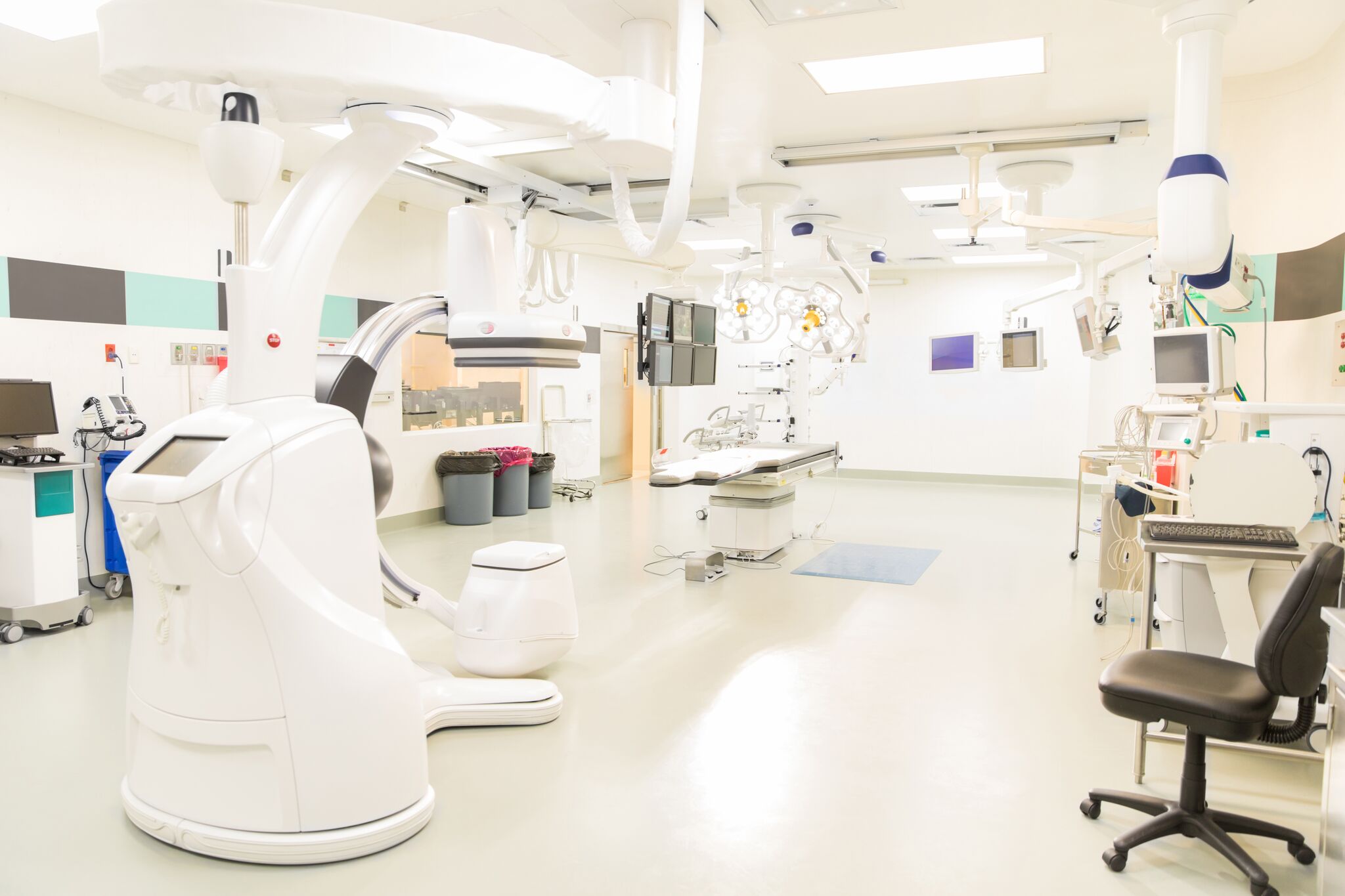The principles of supply and demand dictate that as the cost for a service increases, demand for the services decreases. While this principle may be applicable to non-life altering decisions like haircuts or car washes, the execution of a quality perioperative care is not so elastic. In virtually all cases when a patient’s health is… Continue reading The Economic Ramifications of the Shift from Inpatient to Outpatient Surgery
Early 2019, the New York Times published a piece titled, “Having Anesthesia Once as a Baby Does Not Cause Learning Disabilities, New Research Shows”[1]. The article explicated the results of a randomly controlled trial that compared neuronal development between infants that were exposed to anesthesia, and the control of infants who had no anesthesia exposure.… Continue reading The Debate on Pediatric Anesthesia and Child Development
In the last ten years there have been significant efforts made toward building a healthcare information technology (IT) infrastructure in the United States that allows for secure and reliable exchange of patient information between healthcare providers, medical professionals, and individual patients. The success of these systems has tremendous implications for the overall health and wellbeing… Continue reading The Challenges of Electronic Health Record Interoperability
Tear gas, formally referred to as a lachrymator agent, produces a wide spectrum of acute and chronic health effects. The immediate effects of tear gas exposure at concentrations typically used by law enforcement include irritation to the eyes, nose, mouth, skin, and respiratory tract.1 Effects on the skin include itching, stinging, redness, and potential blistering… Continue reading The Biological Mechanisms of Tear Gas on the Human Body
As American healthcare systems strive to improve patient access to medical care while reducing healthcare costs, there is now a growing interest in the field of telemedicine. In 2016, an estimated 61% of US healthcare institutions and 40% to 50% of US hospitals used telemedicine. From 2012 to 2013, the telemedicine market grew by 60%… Continue reading Telemedicine: Past, Present, and Future
Surgical site infections (SSIs) are a significant contributor to postoperative complications with 2.6 percent of nearly 30 million surgeries complicated by SSIs annually [1]. The Centers for Medicare and Medicaid Services (CMS) introduced the Surgical Infection Prevention (SIP) project in 2002, which led to the Surgical Care Improvement Project (SCIP) in 2006. One of the… Continue reading Surgical Care Improvement Project (SCIP)
The incubation period for COVID-19 is thought to be within 14 days following exposure, with most cases occurring approximately four to five days after exposure (1). The spectrum of symptomatic infection of COVID-19 ranges from mild to critical. According to a report from the Chinese Center for Disease Control and Prevention, 81% of cases were… Continue reading Standard of Care for Coronavirus
In health care, quality improvement (QI) is the framework used for systematically improving patient care.1 Professionals must be able to measure, analyze, improve and control all processes across health care practices.1 QI includes evidence-based strategies to standardize practices among clinicians and institutions and to improve outcomes for patients, providers and the health care system.1 QI… Continue reading Quality Improvement in Anesthesiology
Caring for seriously ill or geriatric patients often means caring for patients who have chronic, painful symptoms or who are approaching the end of life.1 Because of the higher risk of perioperative morbidity and mortality in patients with serious illness, clinicians must consider palliative care strategies before, during and after a procedure for such a… Continue reading Anesthesiology in Palliative Care








